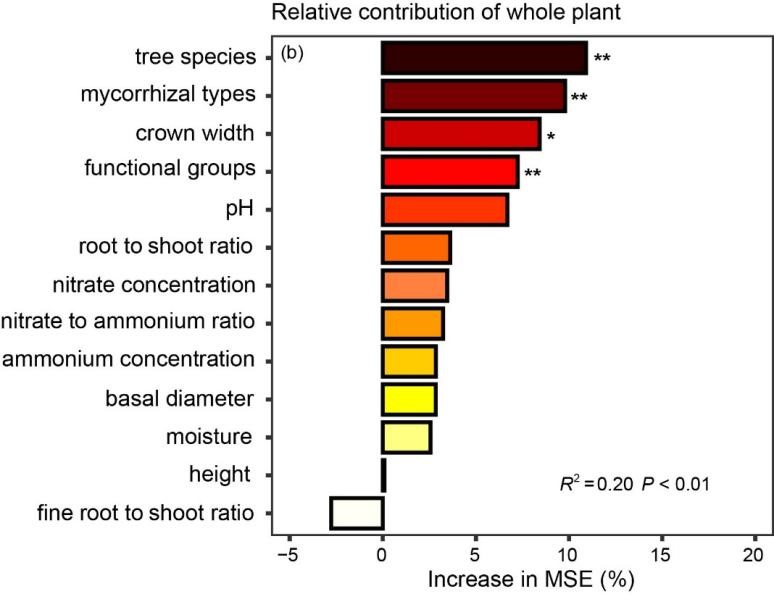2025-06-26 中国科学院(CAS)
<関連情報>
- https://english.cas.cn/newsroom/research_news/chem/202506/t20250626_1046291.shtml
- https://www.nature.com/articles/s41586-025-09088-7
現実のプラスチックのインラインNMRガイド下直交変換 In-line NMR guided orthogonal transformation of real-life plastics
Mei-Qi Zhang,Yida Zhou,Ruochen Cao,Shuheng Tian,Yuchen Jiao,Zhenbo Guo,Maolin Wang,Hongpeng Peng,Bo Sun,Bingjun Xu,Meng Wang,Shutao Xu & Ding Ma
Nature Published:25 June 2025
DOI:https://doi.org/10.1038/s41586-025-09088-7

Abstract
The global crisis of plastic waste accumulation threatens wildlife and ecosystems1. Catalytic processes that convert plastic waste into valuable chemicals and fuels offer promising solutions2. Recycling or upcycling of real-life plastic mixtures is challenging owing to their diverse composition and structure3. Here we propose a product-oriented strategy leveraging the orthogonality in reactivities of different functional groups in plastic mixtures to yield valuable products. This approach involves identifying functional groups followed by converting a selective component in the mixture to valuable products. We use mixtures of polystyrene, polylactic acid, polyurethane, polycarbonate, polyvinyl chloride, polyethylene terephthalate, polyethylene and polypropylene, as well as real-life plastics, to demonstrate the feasibility and effectiveness of the proposed strategy. The diverse physical and chemical properties of these components, which typically hinder direct recovery, offer opportunities for extraction and transformation with the proposed strategy. From a 20-g mixture of real-life plastics, including polystyrene foam, a polylactic acid straw, a polyurethane tube, a polycarbonate mask, a polyvinyl chloride bag, a polyethylene terephthalate bottle, a polyethylene dropper and a polypropylene bottle, we obtained more than 8 separate chemicals: 1.3 g of benzoic acid, 0.5 g of plasticizer, 0.7 g of alanine, 0.7 g of lactic acid, 1.4 g of aromatic amine salt, 2.1 g of bisphenol A, 2.0 g of terephthalic acid and 3.5 g of C3–C6 alkanes. This study reveals the potential for designing transformation strategies for complex plastic waste based on their chemical nature and opens paths for managing end-of-life plastic mixtures.



